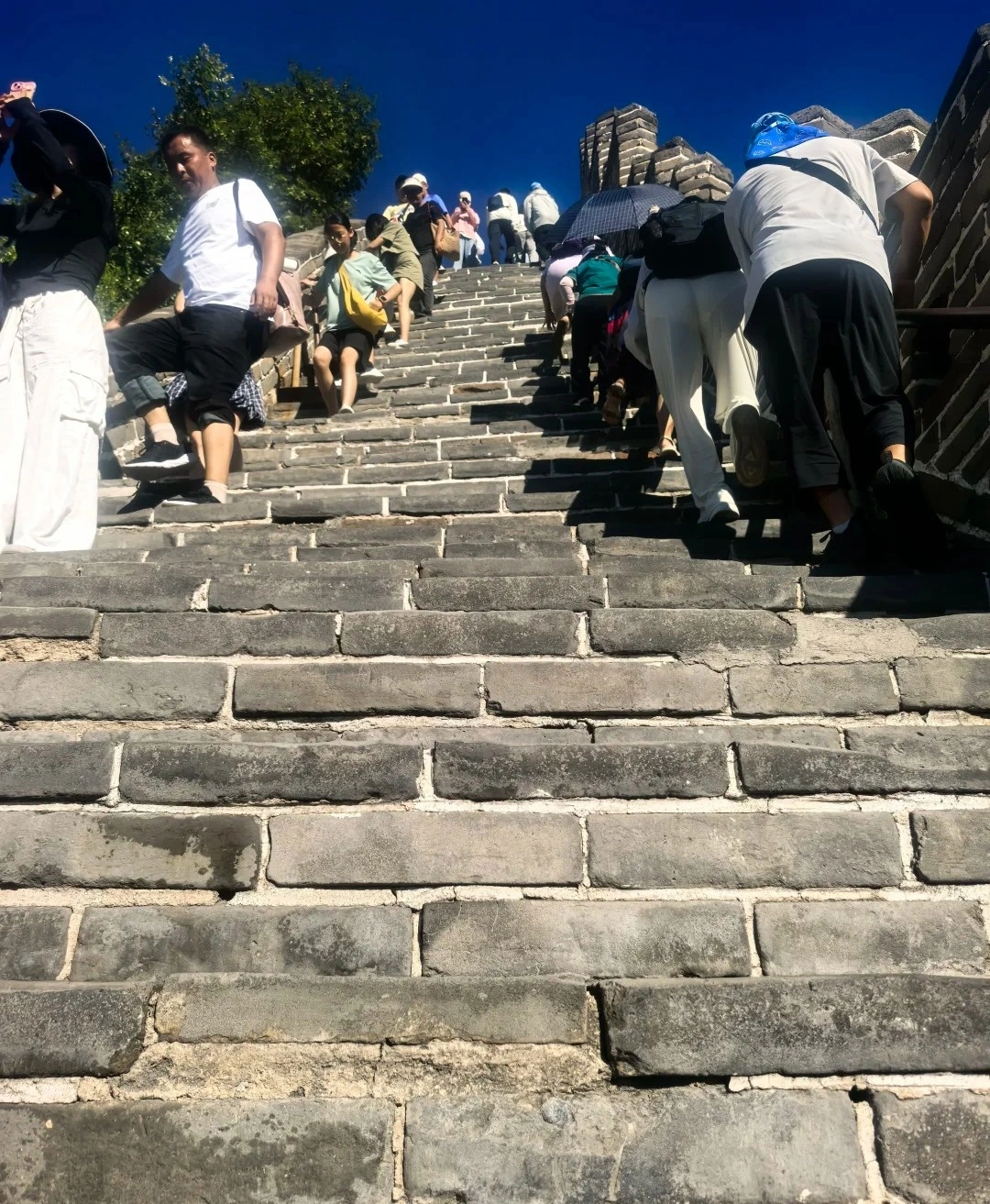Kizil Thousand Buddha Caves
Historical Overview
The caves’ history begins in the 3rd century CE when Buddhist missionaries from Gandhara (modern Pakistan) established monastic communities. Key historical milestones include:
- 3rd–4th Century CE: Construction of early "chaitya" (prayer halls) and "vihara" (monastic cells).
- 5th Century CE: Kucha royal patronage led to a golden age of mural painting.
- 7th Century CE: Tang Dynasty monk Xuanzang visited and documented the caves in Great Tang Records.
- 1903: Japanese archaeologist Ōtani Kōjū discovered and removed murals, sparking international interest.
- 2014: UNESCO inscription as part of the "Silk Roads: Routes Network of Chang’an-Tianshan Corridor."
Structural Layout
The caves follow a north-south axis with three core zones:
- West Zone (Monastic Area):
- Cave 38: A "chaitya" hall with a 15-meter-tall stupa and murals of Buddha’s life.
- Cave 47: A "vihara" cell with murals of monks debating scriptures.
- Cave 84: A "library cave" housing 10,000+ ancient manuscripts (now relocated to museums).
- Central Zone (Royal Area):
- Cave 17: A "Jataka tales" mural depicting Buddha’s past lives as animals.
- Cave 27: A "Kucha king and queen" mural with portraits of 5th-century rulers.
- Cave 123: A "Avalokiteśvara" (Bodhisattva of Compassion) mural with 1,000 arms.
- East Zone (Public Area):
- Kizil Museum: Displays restored murals, sculptures, and Tang Dynasty pottery.
- Visitor Center: Interactive exhibits on cave conservation and Silk Road history.
Major Attractions
- Cave 38: The largest cave, featuring a 10-meter-tall Buddha statue and murals of flying apsaras (celestial nymphs).
- Cave 123: A rare 8th-century mural of the "Parinirvana" (Buddha’s final nirvana).
- Kizil Museum: Showcases a 6th-century wooden Bodhisattva statue and fragments of Sanskrit manuscripts.
- Silk Road Trail: A 2 km path linking the caves to the Kuqa River, with viewpoints over the Tarim Basin.
- Guided Cave Tour: Daily 1-hour tours (¥50/person) explaining mural symbolism and conservation efforts.
Suggested Itineraries
-
Classic Route (2–3 hours):
Entrance → Guided Cave Tour (Caves 38, 123, 27) → Kizil Museum → Silk Road Trail → Exit.
Highlights: Iconic murals and museum artifacts. -
Extended Route (4–5 hours):
Entrance → West Zone (Caves 47, 84) → Central Zone (Caves 17, 27) → East Zone (Museum) → Lunch at visitor center café → Exit.
Highlights: Monastic cells, royal portraits, and conservation insights. -
Comprehensive Route (Full Day):
Entrance → All core caves (as above) → Hike to Kuqa River (1.5 hours) → Sunset at Silk Road Trail → Overnight in Kuqa City.
Highlights: In-depth exploration and natural scenery.
Ticket Purchase
- Online: Book via Ctrip or the official Xinjiang Tourism Website (www.xjtour.gov.cn).
- On-Site: Tickets available at the Visitor Center (¥70 peak season, ¥40 off-season).
- Prices:
Combined Ticket (Caves + Museum): ¥120 (adults), ¥60 (students/seniors).
Single Cave Access: ¥30–¥50 (adults), ¥15–¥25 (students).
Free: Children under 1.2m, disabled visitors, and journalists.
- By Plane: Fly to Aksu Airport → Take taxi to Kuqa City (¥150, 2 hours) → Transfer to bus #8 to the caves (¥10, 30 minutes).
- By Train: High-speed rail to Kuqa Station → Taxi to caves (¥40, 25 minutes).
- By Car: Self-drive from Ürümqi via the G217 Highway (6 hours, 720 km).
- Local Transport: Electric buggies (¥20/hour) within the cave complex.
Best Time & Tips
- Peak Season: May–October (mild weather, festival season).
- Avoid Crowds: Visit early morning (9 AM opening) or late afternoon (3–5 PM).
- Essentials:
- Bring a flashlight for dark cave passages (headlamps recommended).
- Wear socks (shoes must be removed in certain caves).
- Photography: Permitted only with a special permit (¥200/camera).
- Prohibited: Touching murals, using flash, or entering restricted caves.
Contact Us
What Our Clients Say?
Based on 10,000+ traveler reviews














